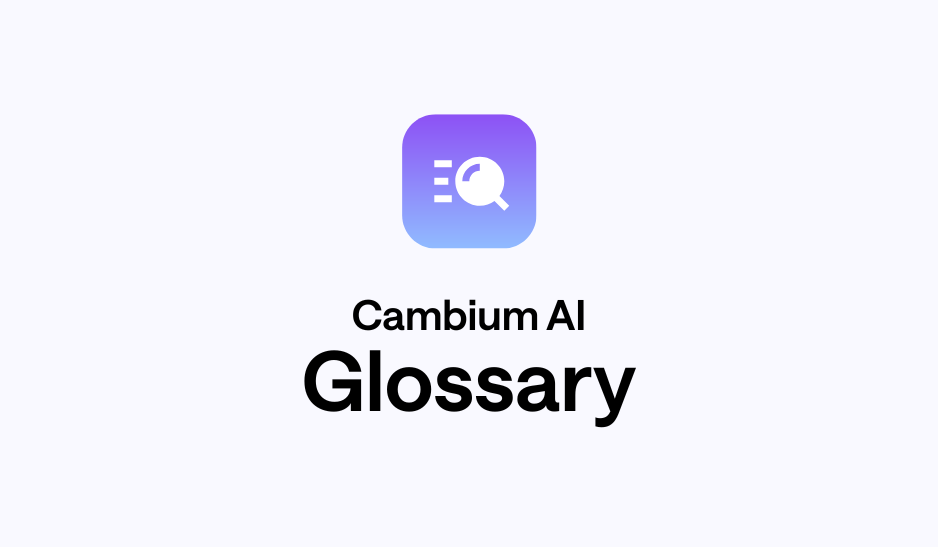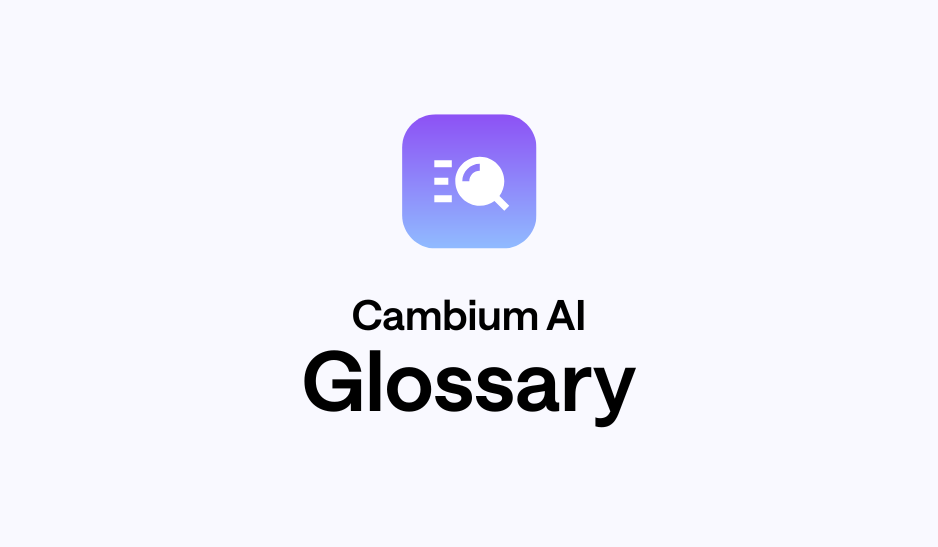Senior Poverty Rate | Demographic Glossary

Definition
The percentage of individuals aged 65 years and over whose family or household income falls below the poverty threshold.
Why It Matters
This metric assesses economic vulnerability among the elderly population, which is crucial given their reliance on fixed incomes (e.g., Social Security, pensions) and often increasing healthcare costs. It highlights needs for retirement support and elder care.
Specific Relevance for Professionals:
Marketers
Relevant for organizations providing essential services for seniors (e.g., affordable healthcare, senior living options, basic needs support) or financial assistance programs aimed at the low-income elderly.
Researchers
Fundamental for studying poverty in older adulthood, the adequacy of retirement benefits, health disparities among low-income seniors, and the effectiveness of social safety nets like Social Security and Medicare.
Consultants
Crucial for advising non-profit organizations or government agencies on initiatives targeting senior welfare, affordable housing for the elderly, and healthcare access in economically distressed communities.
Public Policy Workers
Paramount for designing policies related to Social Security, Medicare/Medicaid, affordable senior housing, and other support services for the elderly. It directly informs strategies to alleviate poverty among seniors and ensure their well-being.
